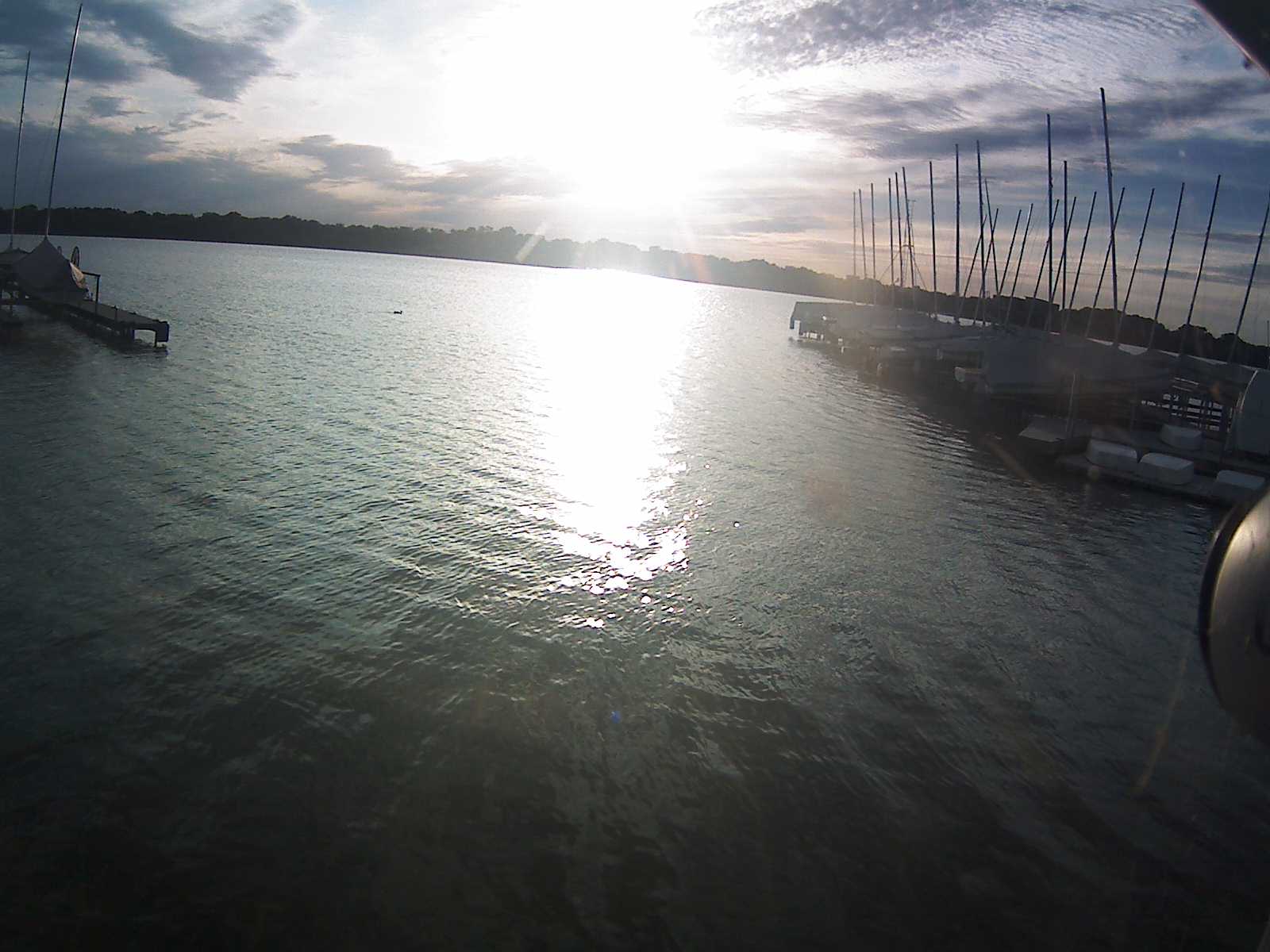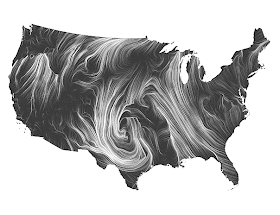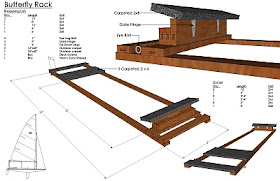PLAYING CATCH UP
at 4.17.2011
2011 (c) Doug Peckover
Sometimes I do something really bonehead at the beginning of a race and have to play catch-up. Like the time I fouled Mark Eldred and had to do circles in a breeze right after the start in traffic, putting me about a minute late. Or the time I was forced over the line, went back, and then had to start for a third time because the I Flag (Round-an-End) was flying, putting me about two minutes late. Or the time I was caught at the wrong end of a shift at the start and then missed the next 2 shifts, starting dead last. These are races I would rather forget. But Pam wants me to write about them because my finishes in these races were 2, 2, and 1. So, here’s how you can play catch-up by learning from the boats ahead of you so you can come through the fleet.
You’ll need three things. The first is a view of the big picture which is easy because there will be a line of boats in front of you giving you a great picture of what’s going on with the wind.
The other things are shifty or puffy conditions and separation from others. If you’re sailing in the ocean where the breeze is steady and someone is covering you, then the only weapon you have is boatspeed and that will not be enough. But with lake sailing and people looking upwind and at others in their area, your chances are actually very good.
Step 1: Don’t panic. You have the best view in the fleet because you have the big picture, plus a delay between what you see and when something will hit you. As strange as it may sound, the further back you are, the more options you have.
Step 2a: Watch the angles of the boats ahead. You’ll see shifts and may have time to react. For example, the boats on the right might be lifted:
The boats on the left cannot see this and, even if they could, would have no time to position themselves. But from behind, you can not only see this but you can also react.Step 2b: Get inside the circle. Suppose you’re sailing in the middle on starboard.
You see the coming shift which will hit in, say, 20 seconds. You need to tack onto port to get inside the circle. When the shift hits, tack back onto starboard.
On the left is where you’d be if you had not tacked, and on the right is where you’d be if you had. Right gains on everyone to its left, including those ahead, so get as far to the right as you can before the shift hits. One of the few gifts in sailing.
Step 2c: Put it in the bank. But there’s a problem – if the wind is phasing back and forth, there’s a very good chance that the next shift will be to the left and you’ll lose everything you have gained. The next shift might come in as little as a minute. Watch the boats ahead and anticipate. Milk the right shift for as long as you can knowing that this gain is temporary unless you can get over to the left for the next shift.
There are two ways to get over to the left to be on the inside of that circle. The first is work your way over by not being tempted to tack onto port to get further right. Just be aware that too far to the right is a bad idea. The second is called “footing to the header.”
At any time, you have three options for sailing normal in red, pinching in blue, and footing in green. In flat water, I like to shift between normal and pinching which is very fast. In flat water, footing is rarely used, but some people like this when you know that a header is coming to get you more on that side of the course. The further you get to the left if the next shift is left, the more you will gain. Remember that you are sailing relative to other boats and not the wind or the course. To sum up:
On starboard, if the shift is to the right, tack twice. If the shift is to the left, foot.
On port, if the shift is to the right, foot. If the shift is to the left, tack twice.
Step 2d: Keep your rhythm. As you close the gap with the boats ahead you will get less and less warning about shifts and will have to commit to which part of the fleet you want to join. You’ve have the best feeling for what the wind has been doing so try to make it work going forward.
Step 3: Head for dark patches on the water. Dark spots mean more pressure. Also, more pressure usually means a wind shift because the extra wind has to spread out, like water being thrown at an angle on the pavement. No matter how hard you throw it, the water will still be spread out on the edges. The wind behaves the same way, so watch for a shift the moment a puff hits. The shape of the puff will sometimes tell you in advance if the part that you’re sailing onto is a lift or a knock, which is great to know in advance.














